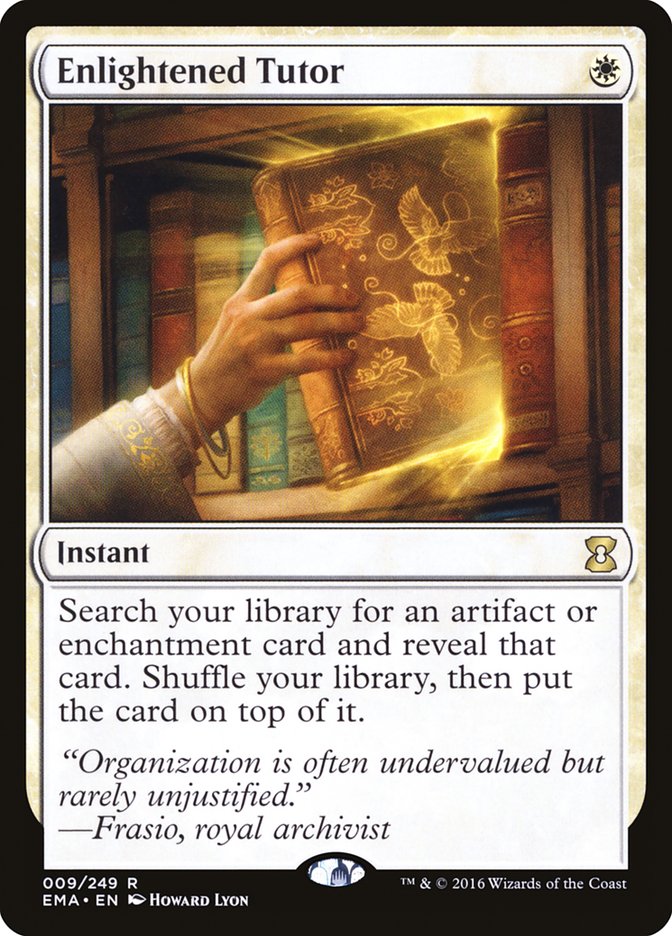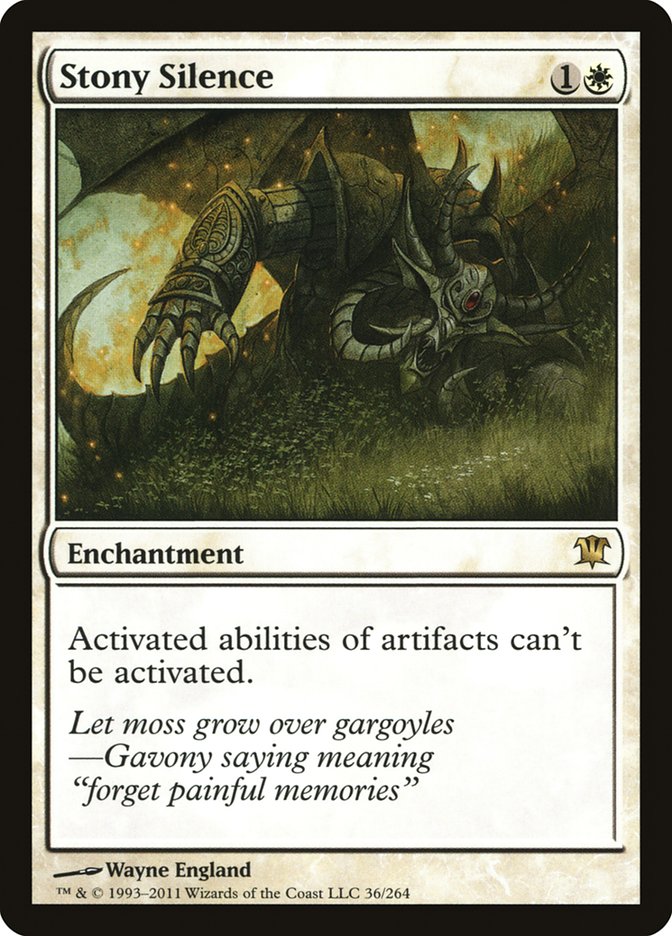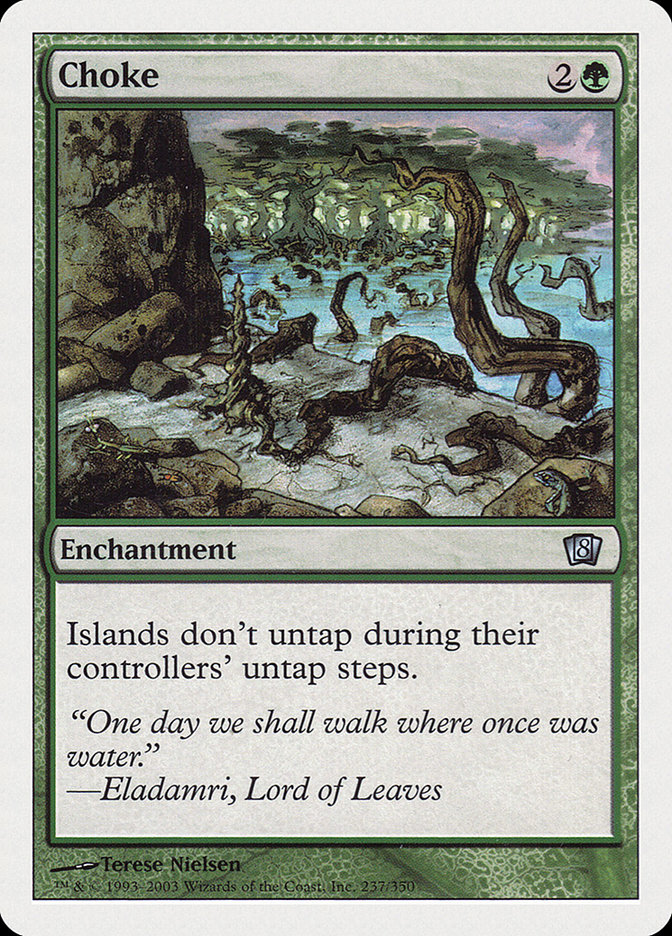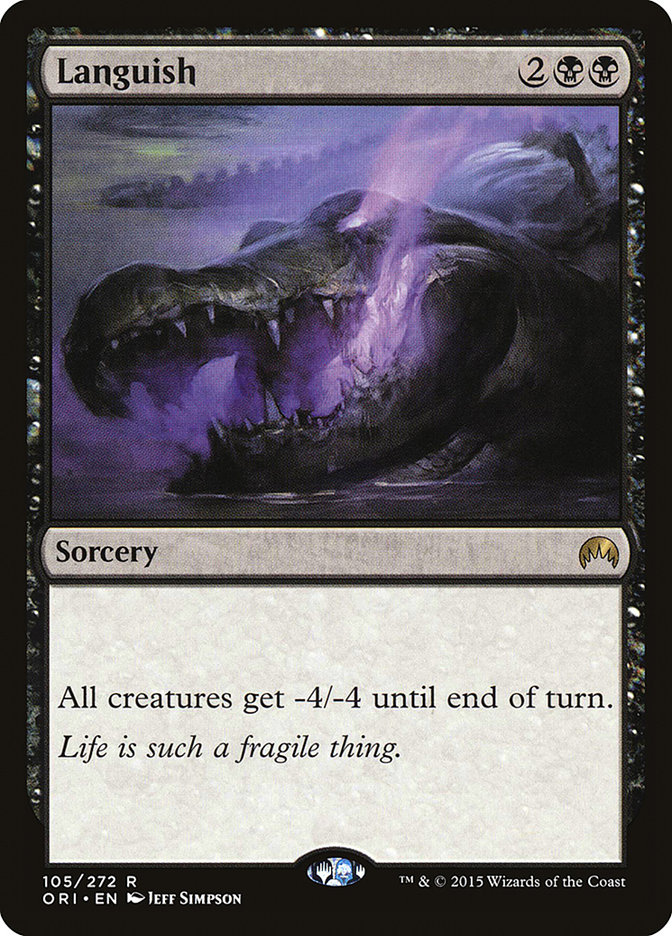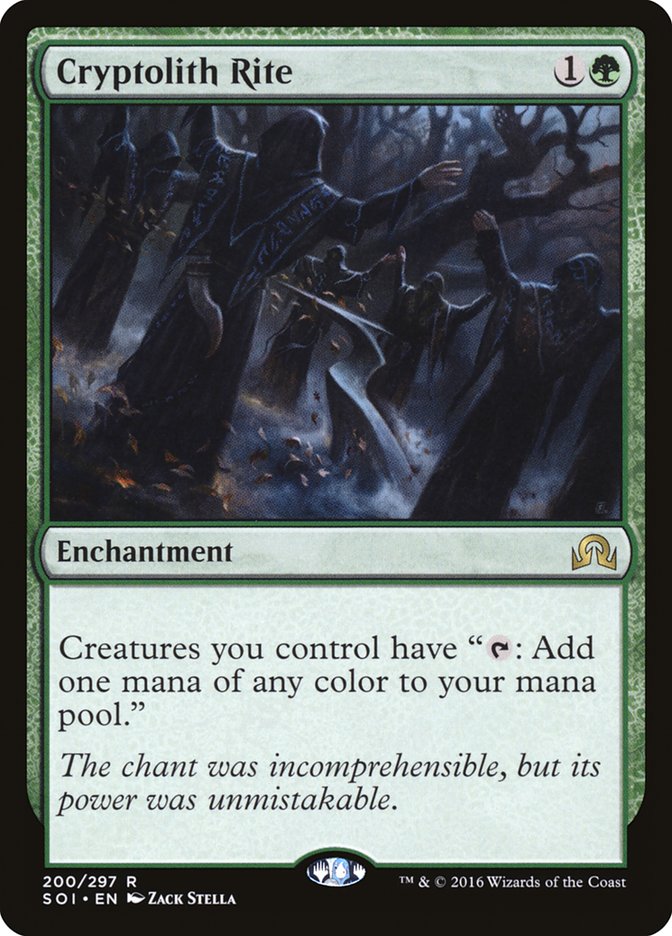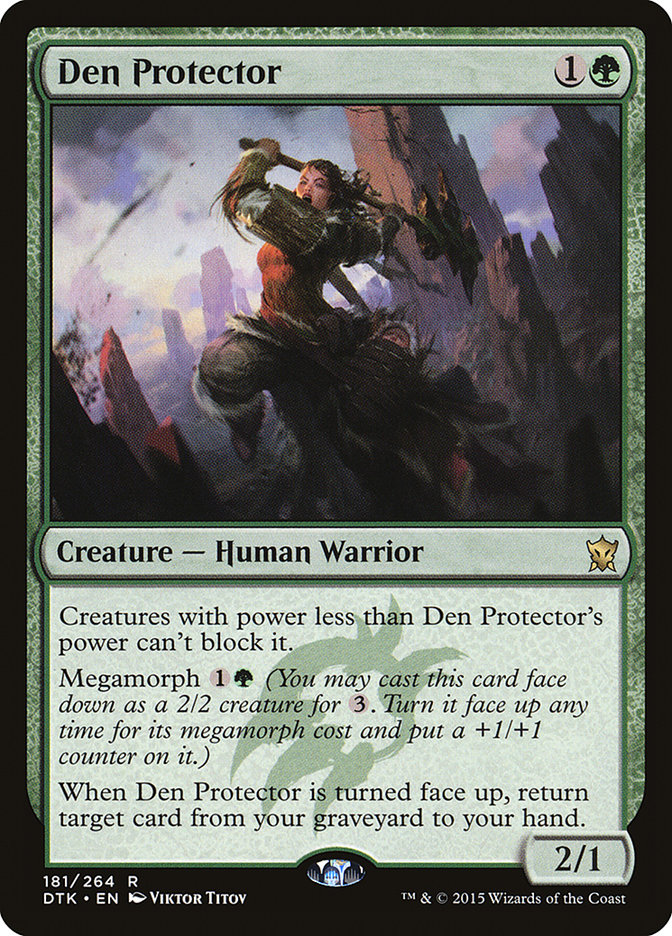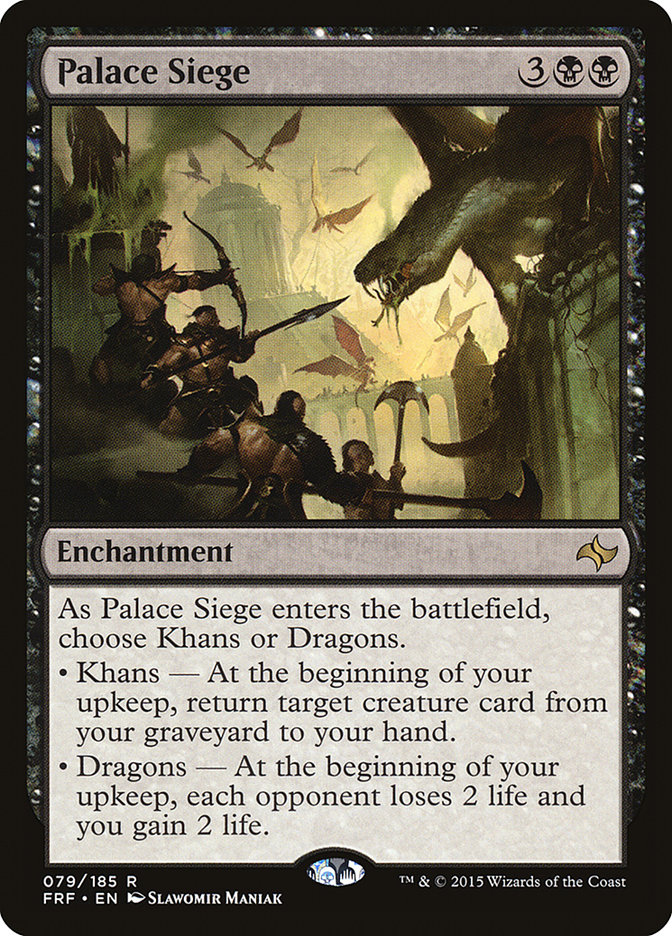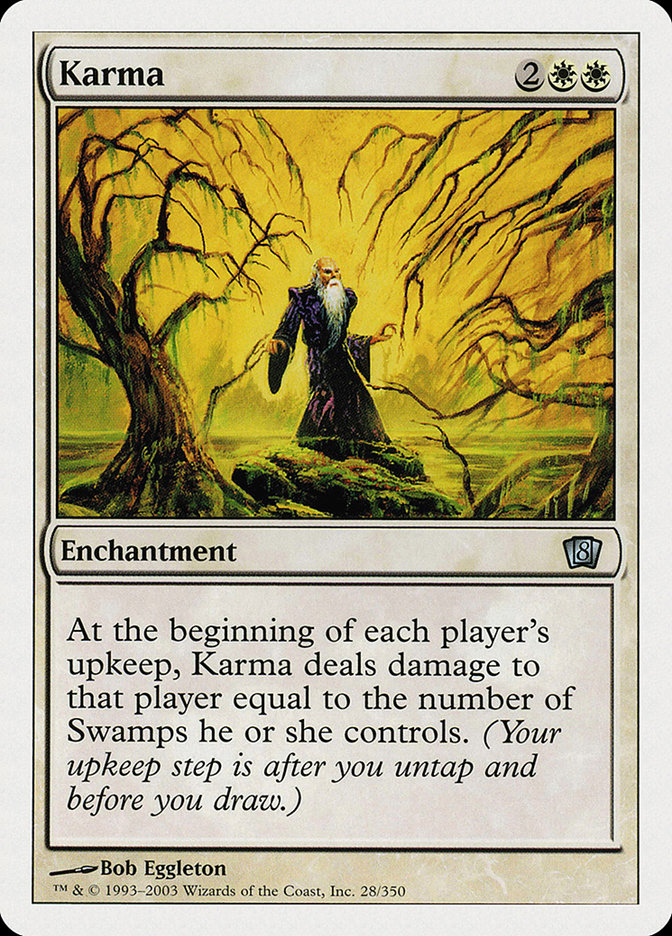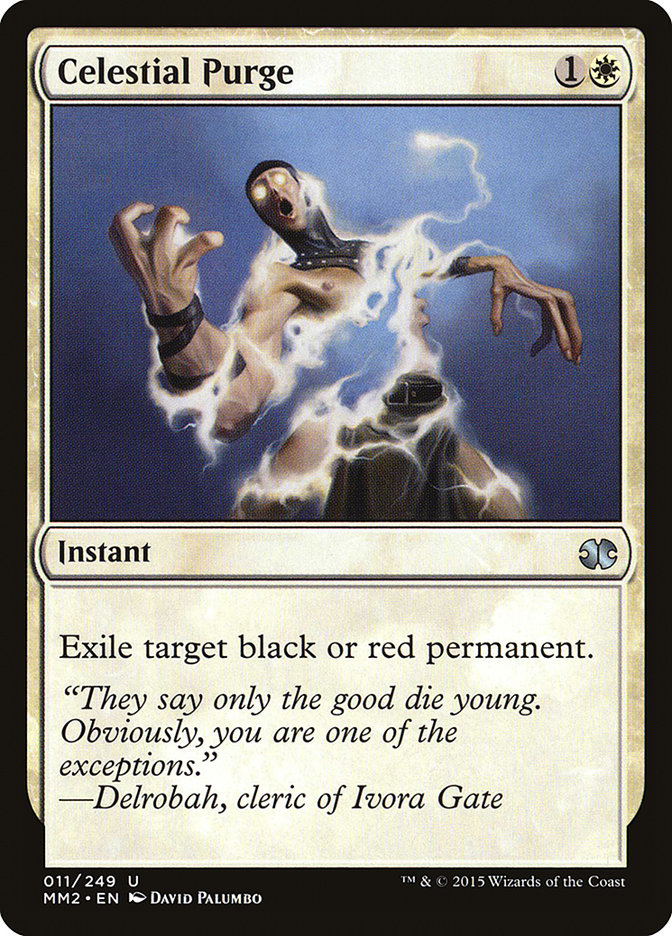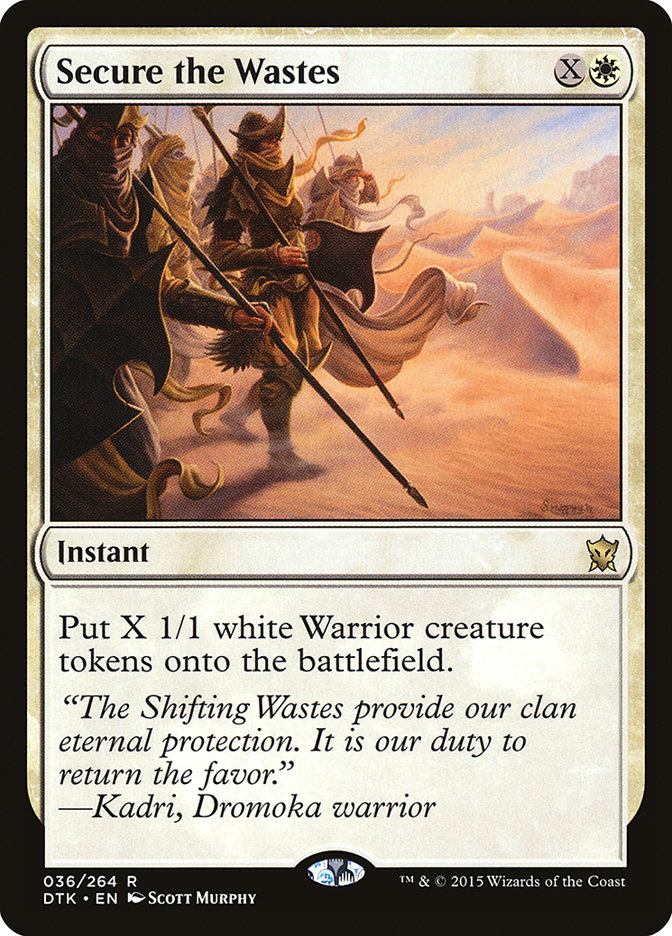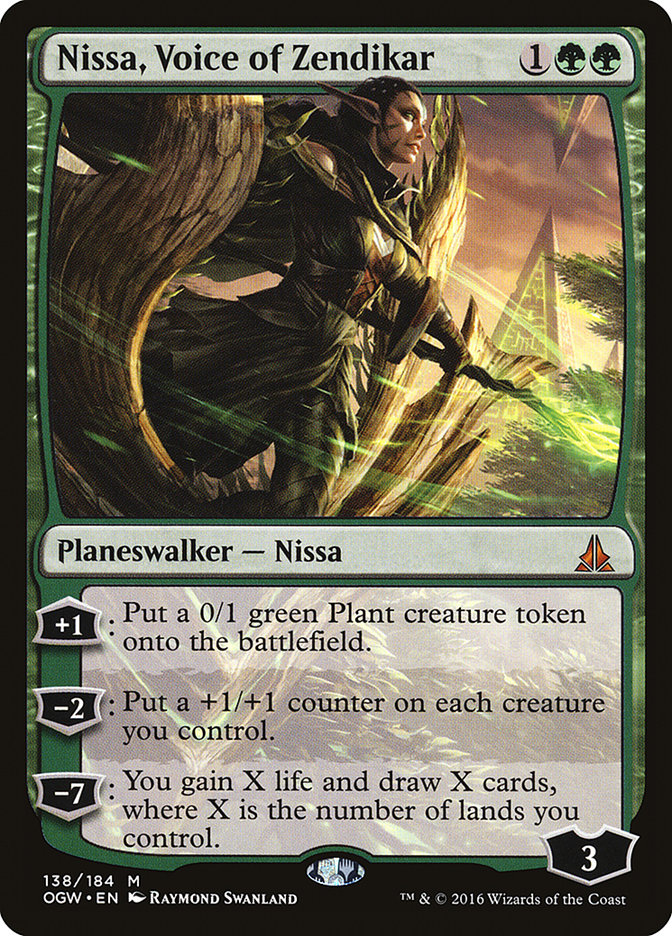I started by playing specific decks and copying sideboards, asking for advice on how to sideboard. Once I understood my deck well enough, I started building my own sideboards, not just changing a card here or there but building from the ground up. Sometimes when you do this, your sideboard will look a lot like someone else’s anyway, and that’s okay. Coming to the same conclusions as other players isn’t a bad thing and tends to happen a lot. Learning and understanding the process is what’s important.
Learning your deck is an important part of this process, but theorizing sideboard strategy is something I do frequently even to this day. Sometimes we don’t have enough time or even an opponent to learn specific matchups, so we use what little information we have to formulate a plan and try to build our sideboard to execute said plan.
Where do we start? First, to build a sideboard, we have to have an anticipated metagame or group of decks we expect to battle against. That doesn’t mean we necessarily need to estimate percentages of each deck in a given tournament or anything. We just simply want to know what enemies we expect to face in any given tournament. I will do a little research by looking over tournament results from a prior week or looking at decklists from Magic Online events and write them down on a notepad or type them into my computer.
After I have figured out my anticipated enemies for the event, I go one by one down the list to determine what cards I should take out of my deck. This part is important. Too many people build sideboards in the opposite way. They simply decide on an arbitrary number of specific cards they want to feel comfortable against a deck.
Linear strategies such as aggro decks are often the most victimized by this approach, because people don’t want to lose to a deck that’s easy to beat or easy to plan for if enough sideboard cards are devoted to them. It’s extremely understandable. Problem is, if we overload on hate cards or sideboard cards for a specific strategy or deck, we are left weak against our other opponents. I do much better in tournaments with a balanced sideboard and a written-out plan than I do with a pile of cards I decided were good against three or four random decks. Go figure, huh?
Let’s take, for example, a control deck with no creatures. I’ll write down or take note of all of my creature removal and add up the number. Once I’ve found this number, I write it down and move on to the next deck until I have a number written down for each deck I expect to face.
Once I have these numbers, I decide on some commonplace cards I will want for specific strategies. An example of this would be as follows: if I expect to play against Mono-White Humans, then I would want to bring in Languish. If I expect some control strategies, I probably want some Duress.
I will write down cards I think are best for each given matchup to replace the cards I plan to take out. I will usually have a twenty- or 25-card sideboard at this point. This is fine, and if you want to test matchups with a 25-card sideboard in mind, by all means do! The goal is to find out exactly how many cards you need and what you need to cut to make your matchup winnable.
When we have our list of cards that we want in each individual matchup, we start to slim down our sideboard. This is where we have to make compromises. For example, very recently at #GPNY, I noticed I wanted both extra removal spells for Cryptolith Rite decks and extra grindy cards for control matchups. Well, with Declaration in Stone, Tragic Arrogance, Dromoka’s Command, and a few enchantment-based removal spells in my deck already, Den Protector provided me a way to get back one of my removal spells while also playing quite nicely against control as a grindy card that could recur threats. In the games I win against Cryptolith Rite decks, I have enough time to buy back a removal spell with Den Protector; although it’s not ideal, it’s a serviceable replacement. This was a compromise to having limited sideboard space.
Now, how do we come to the conclusion of what cards will be good where to begin with? Well, part of it is just overlap from old formats. Sweepers are good against creature decks. Discard is good against combo and control decks. This is a generalized way to figure out what cards might be impactful in certain matchups. Part of it is learning from other players as well: “Owen Turtenwald had Palace Siege in his sideboard, so maybe I’ll try that.” Being observant is a good way to notice other players’ ideas and try them for yourself.
Ideally we want to learn each matchup and recognize what happens in the games we win, and what happens in the games we lose. If we are winning a lot of a specific matchup, we often won’t need too many sideboard cards in that matchup. Is that because it’s such a good matchup we can ignore it? Well, not necessarily. Generally, if we are winning a lot, it’s because our deck is configured in a way that is well-suited for the matchup, meaning we usually don’t have that many bad cards against our opponent. This means we need fewer cards than a bad matchup where we tend to have lower-impact cards in our maindeck that need to be replaced.
When we’re winning a matchup before sideboarding, we want to focus on what element of our deck is the focal point of the games we win and try to capitalize on it. We may want a few copies of Duress to protect our sticky threats against a control deck. We may want some supplemental removal to keep the battlefield clear against the aggro decks.
When we are losing a matchup before sideboarding, it’s extremely important to identify why we are losing these games. Did I draw too much dead removal? Was I too light on threats? Did I have insufficient removal for my opponent’s onslaught of creatures? Answer these questions and then address them with your sideboard. If you have too much removal, make sure you don’t have dead cards in your deck for the sideboarded games. If you need lifegain to stabilize against Burn, have some in your sideboard. These are the matchups it’s imperative to focus on with your sideboard.
If you ever have a question as to whether or not a card is good in a matchup, test it! I know it’s not always easy to test a specific matchup if you don’t have an opponent, but do the best you can. If you can’t test it yourself, ask some friends and other players and think through how the card would function in the desired matchup. The Magic community is a near-endless resource that I use regularly to come to conclusions if I don’t have the time to test something myself before a tournament.
One thing we want to keep in mind when building our sideboard is how our opponents will potentially sideboard. Sideboards and decks are always in flux, but it’s important to stay on top of trends and understand how an opponent may change their deck so that you can build and use you sideboard appropriately. If I anticipate an opponent sideboarding in a bunch of hexproof threats against my control deck, maybe I want some Diabolic Edict effects in my sideboard to counteract their strategy. Staying on top of trends is an important part of building an updated sideboard.
One thing I notice a ton of people don’t keep in mind when building a sideboard is the mana curve. For some reason, the mana curve consideration seems to go right out the window; they have sideboard plans that involve cutting four two-mana spells for three five-mana spells and a six-mana spell. This results in clunky draws that may make your deck not function optimally.
Now, sometimes it’s okay to have a higher converted mana cost in your deck after sideboarding, but we want to be mindful of it so it doesn’t become a problem. Why do we have Duress in against control with our midrange deck instead of just another planeswalker to kill them with? Well, because we can take their counterspell or removal spell for our threat for one mana and resolve our threat instead of spending a bunch of mana each turn to try to resolve a spell. Sometimes we aren’t looking specifically for the most high-impact cards out of our sideboard; we are looking for cheaper spells that are effective to supplement our gameplan.
Sometimes it can be difficult to sideboard with a deck, or even build one for it. G/W Tokens causes lots of people difficulty in sideboarding. Why is that? Mostly because it’s not obvious when a card like Secure the Wastes or Nissa, Voice of Zendikar might be mediocre. These cards are relatively high-impact and are usually pretty good in almost all matchups.
How do we build sideboards for decks like this? Well, when I build a sideboard for a deck like G/W Tokens, I try to focus on my bad matchups and potentially build a transformational sideboard for them. For instance, with G/W Tokens against Cryptolith Rite decks, I want to bring in as much removal as possible and turn into a control deck. In doing so, I want to cut a lot of my planeswalkers and token cards in favor of a bunch of spot removal and Tragic Arrogance. Cryptolith Rite decks have problems beating a bunch of spot removal spells, so shifting the function of your deck to control the battlefield is a realistic plan.
Since G/W Tokens sideboard slots aren’t as valuable because some of the upgrades are so marginal, it’s reasonable to devote more sideboard slots for a specific poor matchup because the deck functions so well everywhere else on its own. Even though your planeswalkers aren’t necessarily bad cards against Cryptolith Rite decks, our deck is changing plans, and removing some of our planeswalkers is necessary to enable our new plan.
One thing to keep in mind is that we should always be updating both our decks and sideboards each week to stay ahead of the curve and combat any new enemies we may face.
These are some of the lessons I learned about building a sideboard in the past few years of competitive Magic. I hope you learned something from them as well.


